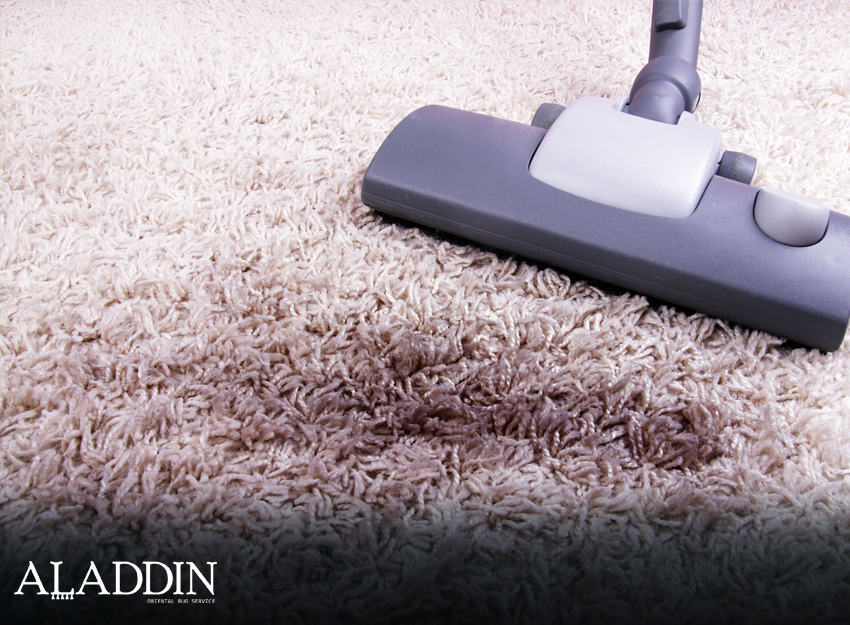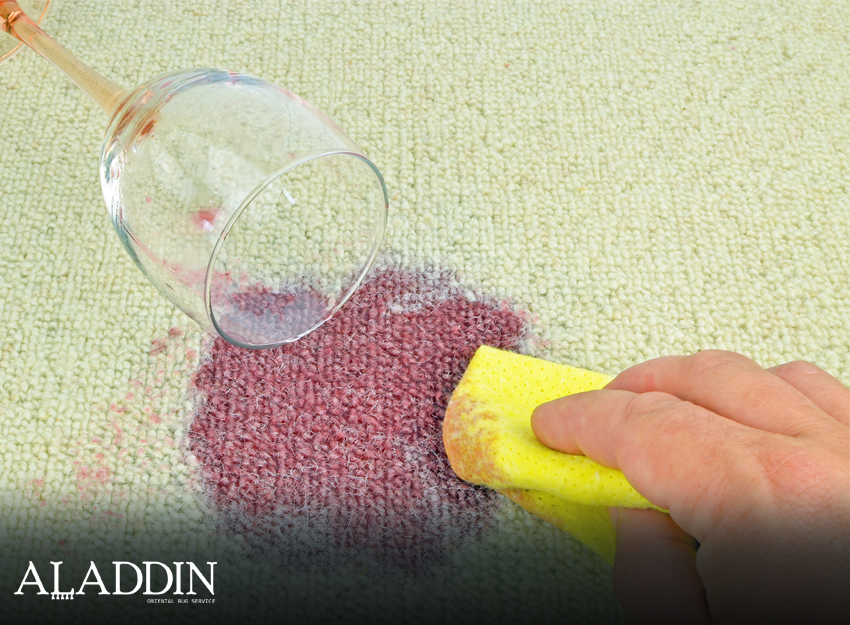For the majority of people, oriental rugs can be considered one of the highest investments people make in home decoration. The payoff is good though – since they add light to a room’s ambience as well as a soft surface for hanging out on top of. However, if you want an oriental rug to last for a long time, you need to make sure that it’s maintained well through regular cleaning. The best way to treat a carpet or rug is to clean it yourself regularly – as this way you’re greatly reducing the chance of any damage occurring, as well as increasing the longevity of your rug.
Supplies
You will need a vacuum, gloves, a bucket, a mild dish soap or rug shampoo, a sponge, a brush, a squeegee, and water.
Cleaning Process
Step One: Vacuuming
First vacuum the rug’s top and bottom side to get rid of any dirt or dust.
Step Two: Color Testing
Mix the mild soap or cleaner with warm water (not hot) and try applying it to a tiny corner of the rug to ensure it doesn’t mess up the colors.
Step Three: Washing
Use a wet brush or sponge to lather the solution deep inside the rug and allow it to remain a few minutes before rinsing it off.
Step Four: Rinsing
Rinse off the entire rug with a hose so that no soap suds remain on it.
Step Five: Removing Excess Moisture
Use the squeegee to remove as much water as you can from the rug, in the direction of the nap.
Step Six: Drying
Lay out the rug on a flat surface to dry one side at a time.
Step Seven: Relaxing the Rug
Use a vacuum or a soft brush to help loosen up the rug’s fibers to restore their softness and suppleness – as they may have gotten stiff during the washing process.
Frequency
While it’s very important to wash rugs when they are dirty, and they do get dirty often – it’s probably not the best approach to simply wash it all the time even when it’s clean. You can test to see if a rug is dirty enough to merit washing by picking a corner of it up and letting it fall to the floor – if a cloud of dust appears, it needs washing. Additionally, rugs need washing when you can visibly see the dirt on them, or if they smell weird. By taking care of soiled rugs as soon as possible, you will greatly extend its softness over time.










